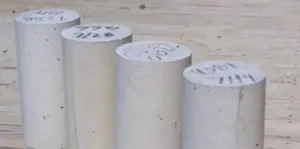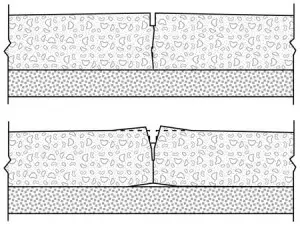The quality control is one of the most important aspects taken into account during the manufacturing of the materials. By little variation in water to cement ratio, strength drops very much. The cracking arises very easily in concrete because of shrinkage and creep. Therefore, during construction all aspects must be under considered. For the manufacturing of the steel, quality is specified as per ASTM standards. For the concrete, the batching plant is generally closer to the construction site.
For concrete, the timely conductance of the compressive strength tests is mandatory. The specimens of the concrete (cylinders) are tested to satisfy the conditions required at the construction site. After preparation, cylinders are cured to increase bond strength and to enhance the hydration process. After 28 days, cylinder strength of concrete is tested.
For the structural safety, designer must provide a significant degree of factor of safety. The ACI code specifies that pair of cylinders must be tested each for 150yd3 of concrete. The design strength of the concrete must always be greater than the required strength. Every concrete structure must conform to the ACI code requirements.
Concrete quality control is not just during the manufacturing of the concrete. It becomes very important after proper placement. Proper curing of laid concrete is very important. If not, then water that is for concrete bonding will evaporate and henceforth concrete strength drops down from the specified value.
Shrinkage is another aspect that occurs if quality control is not assured. Water evaporates and left empty spaces behind. Empty spaces create strain on the surface. Concrete try to restrain these strains but not do so. Therefore, cracks start propagating on the surface of concrete and hence the volume of concrete also decreases.

